Related Research Articles
Parmar, also known as Panwar or Pawar, is a Rajput clan found in Northern and Central India, especially in Rajasthan, Gujarat, Punjab, Haryana, Uttarakhand, Uttar Pradesh, Bihar, Madhya Pradesh and North Maharashtra. The clan name is also used by Kōḷīs, Garoḍās, Līmaciyā Valands, Mōcīs, Tūrīs, Luhārs, Kansārās, Darajīs, Bhāvasārs, Cūnvāḷiyās, Ghañcīs, Harijans, Sōnīs, Sutārs, Dhobīs, Khavāsas, Rabārīs, Āhīrs, Sandhīs, Pīñjārās, Vāñjhās, Dhūḷadhōyās, Rāvaḷs, Vāgharīs, Bhīls, Āñjaṇās, Mer and Ḍhēḍhs.
Saini is a caste of northern India. The community is given representation in government jobs and educational institutes as an Other Backward Class (OBC) in the states of Uttar Pradesh, Punjab, Haryana, Rajasthan and Madhya Pradesh.
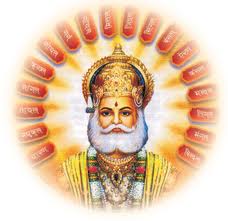
Agrawal is a Hindu Bania community. The Banias of northern India are really a cluster of several communities, of which the Agarwal Banias, Maheshwari Banias, Oswal Banias, and Porwal Banias are mentioned separately in connection with certain They are found throughout northern and central India, mainly in the states of Rajasthan, Haryana, Punjab, Jammu and kashmir, Chandigarh, Himachal Pradesh, Uttarakhand, Delhi, Chhattisgarh, Gujarat, Maharashtra and Uttar Pradesh. They are also found in Pakistani provinces of Punjab and Sindh, though at the time of the partition of India, most of them migrated across the newly created border to independent India. The majority religions followed by the Agrawals include Vaishnava Hinduism and Jainism.

Bundelkhand, a region in central India, has been an ancient center of Jainism. It covers northern part of Madhya Pradesh and south western part of Uttar Pradesh.

The Balai, Raj Balai, Balahior Bunkar\Sutarkar are found in the states of Madhya Pradesh, Rajasthan, Punjab, Maharashtra, Delhi and Uttar Pradesh in India.
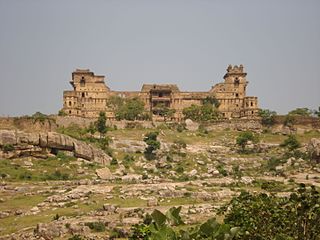
The Khangar community are an Indian community. They are referred to by many other names, such as Khangaar, Khungar, Khengar, Khagar, Khangdhar and Rao Khangad.
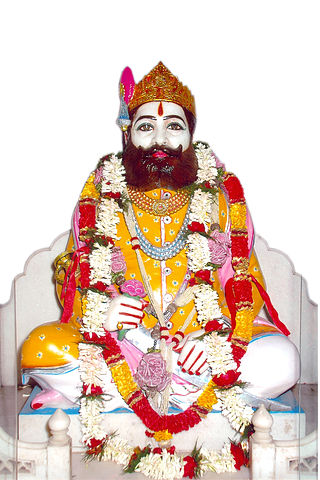
Agrahari, Agraharee or Agarhari is an Indian Vaishya community, They are the descendants of legendary king Agrasena. Predominantly, they are found in the Indian state of Uttar Pradesh, Madhya Pradesh, Jharkhand, Chhattisgarh and Terai region of Nepal.
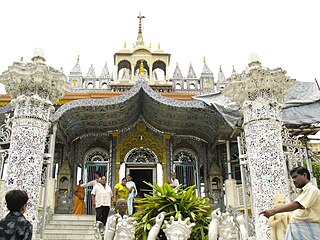
Shrimal (Srimal) Jain is an ancient Jain and Hindu community originally from Rajasthan, Shrimal or Bhinmal town in southern Rajasthan. They were traditionally wealthy merchants and money lenders and were prominent at the court of Rajput kings as treasurers and ministers, holding the titles of Dewan or Durbari. This caste is claimed to descend from the Goddess Lakshmi and their descendants are well known for business acumen and are in possession of Havelis and mansions given to them as gifts from kings for their service as royal treasurers, ministers, courtiers and advisors. The Shrimal (Srimal) Jain are thought to be the highest gotra in the Oswal merchant and minister caste that is found primarily in the north of India.
The Gadaria or Gadariya is a herding caste that was traditionally involved professionally in livestock breeding, especially sheep. They are primarily found in Uttar Pradesh and in some parts of Punjab, Rajasthan, Madhya Pradesh and Bihar. In Gujarat, they are called Bharwad.
Kutch Gurjar Kshatriya are a minority Hindu community of Gujarat in India, who claim to be Kshatriyas. They are an artisan community related with masonry, artistic carvings, sculpting and building and construction works. They are also known as the Mistri or Mistris of Kutch.

The Lodhi is a community of agriculturalists, found in India. There are many in Madhya Pradesh, to where they had emigrated from Uttar Pradesh. The Lodhi are categorised as an Other Backward Class, but claim Rajput ties and prefer to be known as "Lodhi-Rajput", although they have no account of their Rajput origin or prevailing Rajput traditions.
The Kandera, Kadera, Golandāz, Bāndar, Hawāidar is a Hindu community found mainly in the northern and central regions of India. They belong to the Kshatriya varna. In earlier times, they were archers and arrow-makers. Later, they also became involved in roles such as cannon operators, firework crafters, and the production of gunpowder and iron missiles. The term "Kandera" is derived from the Sanskrit word "Kandir", which means "an archer".

Chhipi is a caste of people with ancestral roots tracing back to India. These people are basically Rajputs and used to wear Kshatriya attire. These people were skilled in the art of war, Later people of this caste started doing printing work. They are found in the states of Gujarat, Rajasthan, Madhya Pradesh, Haryana, Delhi, Uttar Pradesh of India.
The Godha are Jain tribal caste people found in the state of Gujarat in India having roots in Rajasthan. They are also known as Gondha and Gonda. The Godha sometimes use Dengar as a community surname.

The Mahawar Koli is a subcaste of the Koli people. They are present in the Indian states of Rajasthan, Punjab, Haryana, Uttar Pradesh, Madhya Pradesh, and the capital territory of Delhi. Mahawar Kolis inter-marry with Shakya Kolis but not with any other Koli subcastes. Together with other Koli subcastes, the Shakyawar, Jaiswar, Kabirpanthi, and Shankhwar Kolis of Uttar Pradesh, the Mahawar Kolis worked to uplift Koli social status in Hindu society by supporting the "All India Kshatriya Koli Mahasabha" leaders of Ajmer.
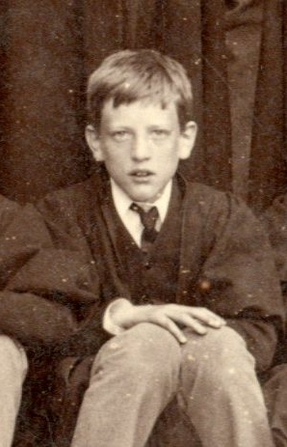
Robert Vane Russell was a British civil servant, known for his role as Superintendent of Ethnography for what was then the Central Provinces of British India, coordinating the production of publications detailing the peoples of the region. Russell served as Superintendent of Census Operations for the 1901 Census of India.

The Koli is an Indian caste found in Rajasthan, Himachal Pradesh, Gujarat, Maharashtra, Uttar Pradesh, Haryana, Karnataka, Odisha and Jammu and Kashmir states in India. Koli is an agriculturist caste of Gujarat but in coastal areas they also work as fishermen along with agriculture. In the beginning of 20th century, the Koli caste was recognised as a denotified tribe under Criminal Tribes Act by the Indian Government because of their anti-social activities during World War I.
Asati is a merchant community in Bundelkhand region of Madhya Pradesh, India.
Bari or Baridar are a Hindu caste mostly living in Northern India.
The Patni caste is one of the oldest and most common surnames in Uttarakhand mainly in Lohaghat. Patni (पाटनी) surname also belongs to Brahmins of the gotra Upamanyu. and in some parts of India It is believed to have originated from the Rajputs, a group of warrior clans who ruled northern India during the medieval period. The Patnis are also known as (upper) Thakurs or Rajputs in other parts of the country. In bhramins specially in Uttarakhand patni was the position of superior advisor and Raajdoot in the courts of Kings. and they were called Patni because of doing Path and Tarani.
References
- ↑ Tribes and Castes of the Central Provinces of India, By R.V. Russell & Hira Lal, 1916
- ↑ People of India By Kumar Suresh Singh, B. K. Lavania, D. K. Samanta, S. K. Mandal, Anthropological Survey of India, N. N. Vyas, Anthropological Survey of India, Published 1998, Popular Prakashan
- ↑ समाजों का सेवाभाव:अग्रवाल, जैन समाज के बाद दशा नेमा समाज ने शुरू किया नॉन कोविड सेंटर, खाने की व्यवस्था भी रहेगी
- ↑ ગોધરામાં જૈનાચાર્યનું આગમન થતા આકર્ષક ગહુંલી કરી ગુરુવંદન કરવામાં આવ્યું
- ↑ बीसा नीमा महाजन समाज का परिचय सम्मेलन 29 को
- ↑ Kasturchand Jain Suman, Bharatiya Digambar Jain Abhilekh aur Tirth Parichay, Madhya-Pradesh: 13 vi shati tak, Delhi, 2001
- ↑ Digambar Jain Directory, Thakurds Bhagavandas Javeri, 1914
- ↑ શ્રી વિશા નીમા જૈન જ્ઞાતીનો ઈતિહાસ
- ↑ "The Tribes and Castes of the Central Provinces of India—Volume II".